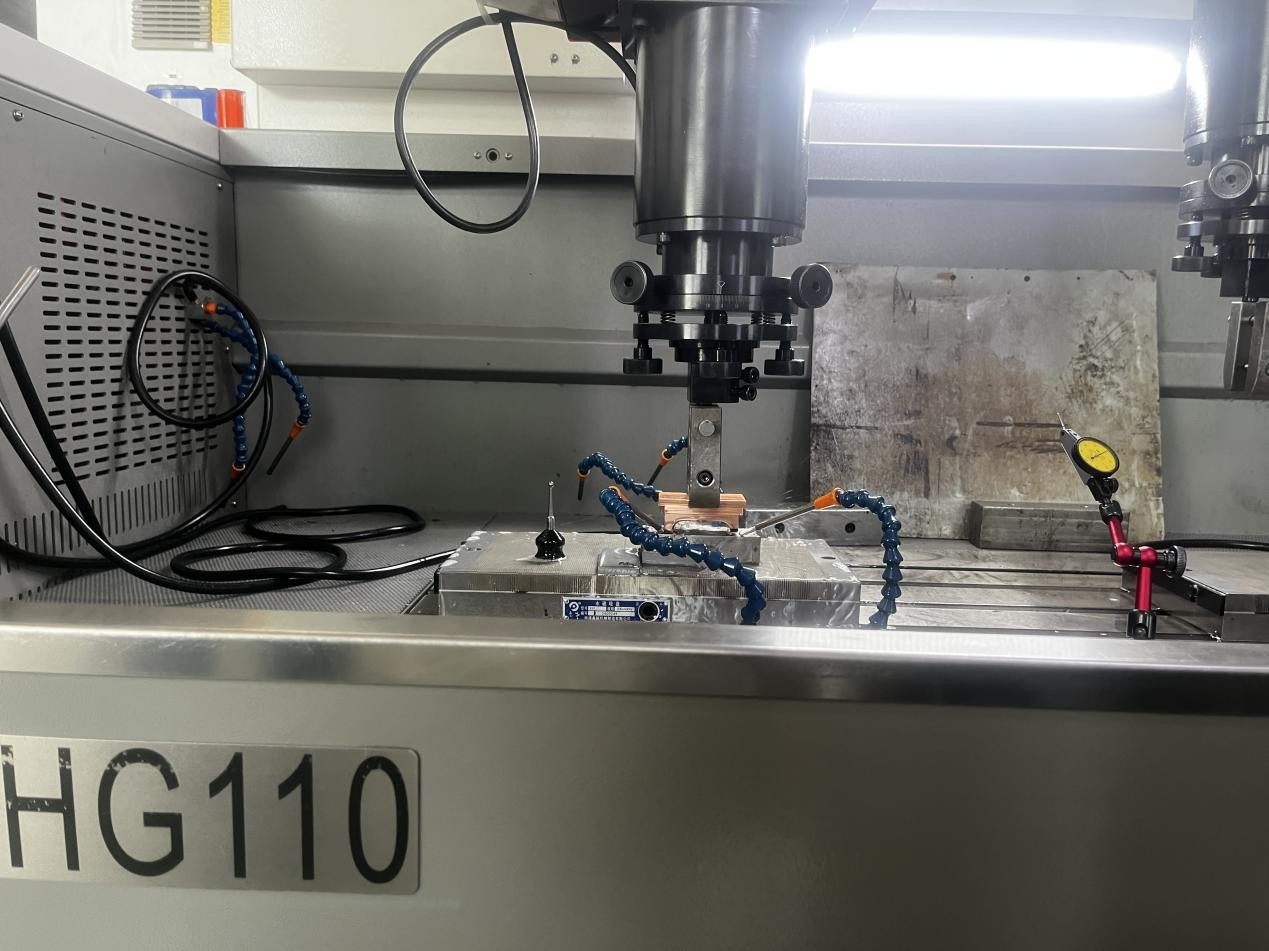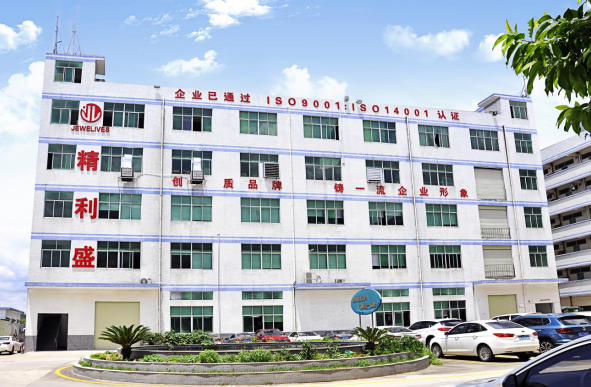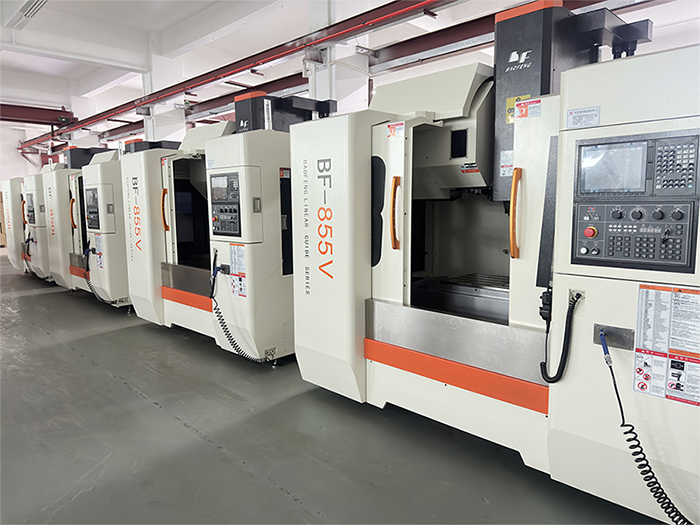Contenido
En un mundo tan preocupado por la salud como el actual, la higiene personal es más importante que nunca. Cuando se trata de mantener la piel limpia y sana, los utensilios que se utilizan pueden marcar una diferencia significativa. Dos opciones populares para la exfoliación corporal son la tradicional esponja vegetal y el moderno exfoliante corporal de silicona. En este artículo exploraremos las ventajas de optar por un exfoliante corporal de silicona sobre un estropajo y presentarle nuestra gama de productos higiénicos de silicona de alta calidad que ofrecen funcionalidad e higiene a la vez.
¿Por qué elegir la silicona en lugar de los estropajos tradicionales?
Los estropajos han sido un elemento básico en los cuartos de baño durante muchos años, pero tienen algunos inconvenientes. Uno de los más importantes es su tendencia a retener la humedad y las bacterias tras su uso. Este ambiente húmedo es un caldo de cultivo ideal para los microorganismos, que pueden provocar irritaciones e infecciones cutáneas. En cambio, los estropajos corporales de silicona están fabricados con materiales no porosos que no absorben agua ni albergan bacterias, lo que los convierte en una opción mucho más higiénica.
![]()
![]()
Durabilidad y longevidad
Otro aspecto a tener en cuenta al comparar estas dos opciones es la durabilidad. Los estropajos tienden a desgastarse rápidamente y necesitan sustituirse con frecuencia, lo que puede resultar incómodo y costoso. Los estropajos de silicona, sin embargo, están diseñados para durar más y soportar un uso regular sin mostrar signos de desgaste. Mantienen su forma y eficacia con el paso del tiempo, asegurando que usted obtenga el máximo valor por su inversión.
![]()
![]()
Exfoliante corporal personalizado Soluciones
En nuestra fábrica de silicona, comprendemos la importancia de la personalización para satisfacer las necesidades individuales. Nuestras soluciones de estropajos corporales personalizados le permiten adaptar el diseño, el tamaño e incluso el color de su estropajo a sus preferencias específicas. Tanto si busca una herramienta sencilla para uso diario como un diseño más complejo para fines terapéuticos, nuestro equipo puede trabajar con usted para crear un producto que cumpla exactamente sus especificaciones.
![]()
![]()
Cepillos faciales y de masaje capilar de silicona
Más allá de los exfoliantes corporales, nuestra fábrica de silicona ofrece una amplia gama de herramientas de belleza diseñadas para mejorar sus rutinas diarias de cuidado y aseo de la piel. Los cepillos faciales de silicona son una forma suave pero eficaz de limpiar y exfoliar el rostro, para conseguir un brillo saludable. Nuestros cepillos de masaje para el cabello están diseñados ergonómicamente para estimular el flujo sanguíneo al cuero cabelludo, favoreciendo la salud capilar y proporcionando al mismo tiempo una relajante experiencia de masaje.
Productos de silicona de calidad profesional
Todos nuestros productos se fabrican con silicona de calidad profesional, lo que garantiza que no sólo sean duraderos, sino también seguros para todo tipo de pieles. Nos enorgullecemos de la calidad de nuestros materiales y del trabajo artesanal que se realiza en cada artículo, garantizando que cada pieza cumpla los más altos estándares de excelencia.
Al emprender su viaje hacia una mejor higiene personal y cuidado de la piel, confíe en JOYAS para proporcionarle las herramientas que necesita para alcanzar sus objetivos. Con un compromiso con la innovación y la satisfacción del cliente, le invitamos a explorar nuestra colección de exfoliantes corporales de silicona, cepillos faciales y cepillos de masaje capilar. Únete a la comunidad JEWELIVES hoy mismo y experimente la diferencia que los productos de silicona de alta calidad pueden marcar en su vida diaria.





